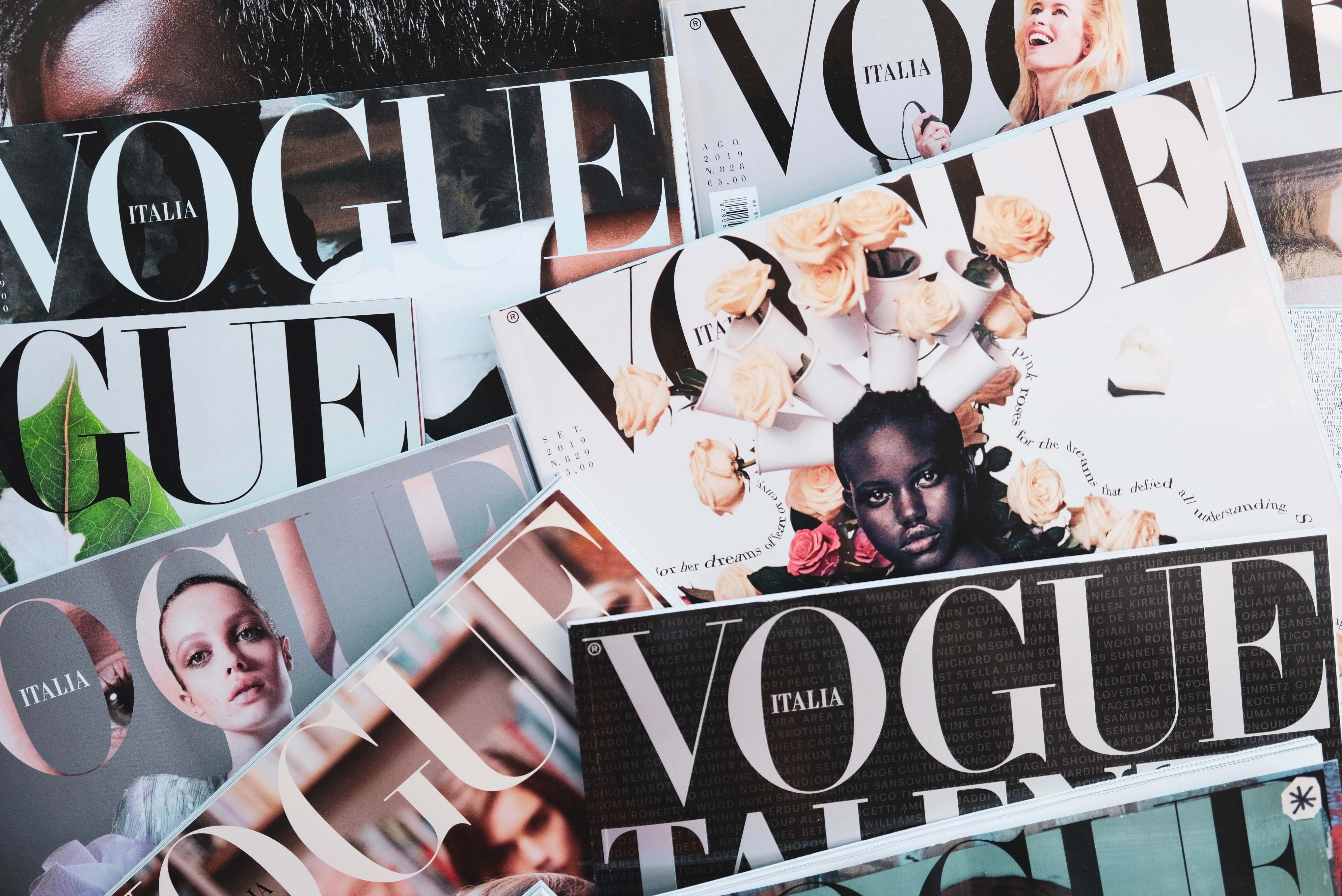The Future of Fashion Subscription Model



A Chicago-based fashion professional, Ari Berkowicz, didn’t opt for the idea of a fancy dinner he typically spends for his wedding anniversary. Instead, he gifted his wife an annual subscription to the fashion brand Beauty Pie for a box of skincare and makeup products delivered right at their doorstep every month.
Zahava, Berkowicz’s wife, mentioned Beauty Pie to her husband after listening to a podcast that featured its founder, Marcia Kilgore. The idea popped into Berkowicz’s mind that her wife, who’s a wellness influencer and an acupuncturist, would love to get a collection of new beauty products every month. However, there’s something that he noticed – the gift was ‘of-the-moment.’
He said that the “subscription model was a decision made for convenience as I won’t have to spend time going to the physical store to buy her anything.” “She will most probably not visit any stores any time soon due to COVID, and thus [the] fashion subscription model seems to be the best option now as it will continue sending her stuff at home,” he added.
Increase in Demand for a Fashion Subscription Model

From the beginning of this pandemic, the number of subscribers of Beauty Pie has increased significantly. Maybe the reason is their flexible membership costs ranging from $10/$20/$30 a month to $99 a year. Since March 2019, the average increase in their number of members has been 300% each week. Thus, it can be said that the subscription model may just be the future of fashion.
Other fashion subscription model companies have witnessed a similar increase in their product demand. IPSY, founded by the famous YouTube influencer Michelle Phan, where a subscription plan costs $12/month, witnessed a hike of 60% in the demand for its beauty boxes at the start of the pandemic.
The beauty publication owned by Conde Nast, Allure, announced that sales of its subscription boxes saw a hike of 15% between February and May in 2019 – when more than half of US cities were in lockdown. GQ’s sales subscription model increased by 30% too. Also, a Chicago-based menswear subscription box, Menlo Club, claimed that its subscription members increased by 25%.
One of the biggest fashion subscription services, Stitch Fix, also said its subscribers increased by 9% year-over-year for the last quarter but decreased sales by 9%. While big apparel businesses like Stitch Fix reported a significant loss of about $371 million, companies like Macy’s and Gap witnessed billion-dollar success.
Roadblocks of Fashion Subscription Models

It is evident that fashion subscription models have benefited significantly from the pandemic, but several stuttered out after depicting early promise. Being inspired by product-month-clubs, big companies like Trunk Club, Barkbox, and Birchbox raised millions of dollars on the make-believe that fashion subscription models guarantee repeated purchasing, and in most cases, would encourage the customers to trade and spend more.
Birchbox sold beauty sample boxes while hoping that subscription members would buy their full-sized favorites on their fashion eCommerce website. Trunk Club sent members their clothing collections from various fashion brands while promising to keep introducing new fashion styles and labels. Replenishment subscriptions such as Dollar Shave Club started to pop up.
However, the interest of investors in the fashion subscription models eventually faded away. Obtaining and shipping products from multiple suppliers and vendors can be inefficient and expensive. Most people become bored or tired of the boxes quickly, implying that monthly subscription plans are canceled pretty soon, too. All these reasons cumulatively make it challenging to incur profit, especially if the fashion company isn’t selling replenishment products.
While a $1 billion cash acquisition was made to Dollar Shave Club from Unilever in 2016, Nordstrom witnessed a loss of $200 million on Trunk Club soon after two years from buying it. In March, the business’s department store announced that it would be closing all its Trunk Club stores at the end of 2020 while folding the site into Nordstrom. In 2018, Birchbox struggled to raise funds and finally decided to sell a major stake to Walgreens, Viking Global, after the acquisition discussion with Walmart and QVC fell through.
Over the years, Stitch Fix has kept itself distanced from the subscription box model while launching its fashion eCommerce site for its private-labeled apparel. The ‘Play!’ sample subscription box model launched in 2015 by Sephora also went abandoned. In April, the beauty giant reported that it would sell boxes of beauty products with no need for customers to make subscription commitments. Several other fashion box companies have gone under.
So, what’s different this time? The COVID-19 pandemic may have furnished the concept’s narrative again, but the roadblocks would remain the same. Customers get bored, especially if sourcing unique, new beauty or fashion products on a monthly basis becomes next to impossible.
Behind the Comeback
The trend of subscription boxes tends to grow when customers’ shopping habits change permanently. After the end of the pandemic-related lockdown in the US and Europe, subscription retailers have started to reopen. However, it will take time for customers to get totally comfortable visiting the physical stores again.
“As it will be time-taking for people to get confident enough to visit the physical stores again, [the] subscription-box space will most likely experience a bit more growth,” says the managing director of GlobalData Retail, Neil Saunders.
Here, beauty boxes are well-placed to take advantage of the situation, as mega-retailers like Ulta and Sephora, which previously believed in the try-before-buy model, do away with in-store services.
Retail subscription analyst, Jane Hali & Associates, Jessica Ramirez says, “It’ll become hard to explore at Ulta or Sephora, but fashion subscription models can help with that.” She also notes that beauty shoppers tend to experiment with new skin or hair care products.
Fashion Subscription-Based Model in 2022
As mentioned before, the subscription-based fashion model is a booming concept for many online businesses. It is the future of fashion that won’t slow down in 2022. If a fashion company has an eCommerce site and wishes to achieve great success, implementing subscription-model fashion eCommerce will quickly guide it to the road of success. Apart from sourcing clothing materials from the best B2B platforms like Fashinza, these big and small fashion brands need to take other new responsibilities and kick forward the need for transformations. With the subscription model, the online fashion retailers will witness generating long-term revenue. Caring for existing customers and inspiring them to indulge in a long-term spending cycle will help fashion companies succeed.
Final Words
With the introduction of new COVID variants every other month, people are still not confident enough to shop outside from physical stores. Given the benefit of online retail stores and an enhanced collection of apparel, they feel more convenient to shop in the comforts of their home. This is why fashion subscription models will keep growing and may just be the near future of fashion, at the very least.
If any company explores a subscription-based fashion model for their eCommerce website, they should adhere to the rules of loyalty and convenience. Companies should also know that customers subscribe for the following reasons, which are instrumental for driving success: more personalized assistance, experimentation, and receiving added value with ease.



















